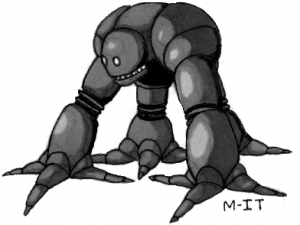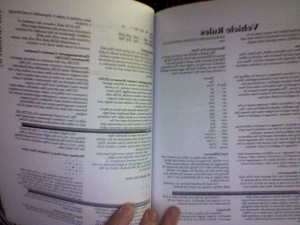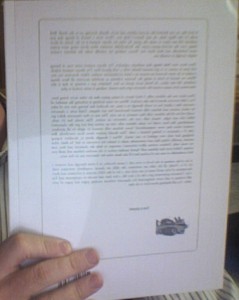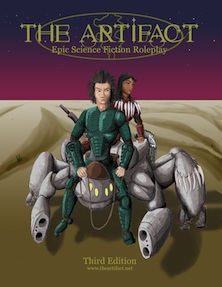My wife is fond of asking me when I’m going to stop trying to learn more things. I don’t have an answer to that because I suppose I will never know enough about the universe to have the complete picture of it that I want.
Lately my interest has been neuroscience and behavioral science. I think this is mainly because in the last few years I’ve been exploring the fact that I have a mild spectrum of autism and I learned that most people do not experience the world as I do.
To me autism means I do not have some of the automated processes that are normally encoded in a human being’s brain. The fewer automated processes an autistic has, or if certain important processes are disrupted the more severe the dysfunction. This is my take on my autism, it’s how I define it.
When these processes are not automatic a person has to develop their own process for dealing with input from the world. This is often on a more conscious level. It takes conscious thought to work through a situation that would normally be dealt with automatically. This usually means a greater mental stress load for common every day things but the trade off is that you sometimes know why you process things the way you do and can occasionally manipulate the process.
So it become profoundly interesting to me to learn how these automated processes actually should work in people. It’s fascinating because most people make use of these automatic programs without knowing that they’re doing it.
Today I listened to a program about beauty. I listen through the lens of the above. What are people doing that they aren’t aware of?
For one the program talked about a landscape that was nearly universally considered beautiful by humans. It was one that a human would be able to thrive in easily. A diversity of plants, the presence of water, evidence of bird life, an optimal view of the surroundings. This is a process that most people have, built in to tell them when life will be good for them. A subconscious signal that this is a good place to live.
To tie this in with world building, what does that mean for your world? Does your world deliver beauty?
Without specific knowledge of these universal human tendencies for perceiving beauty, long ago I set out to create a very alien world for The Artifact that rejected human ideas of beauty and strictly dealt with functionality. This was important to the story that I wanted to tell.
It does have it’s trade offs though. It is extremely difficult to draw and paint things that are not beautiful or at the very least intriguing. Even something that is ugly is easier to depict. It’s also difficult to describe things that are not beautiful and not ugly with words.
But why do I want to try and make a world that is not beautiful and not grotesquely ugly? To me, this is an expression that is sublimely alien to the human mind. It is not something opposed to our thinking and not something that we would want to think about. It is alien.
The difficult thing about it is to now fill it with enough humanism to make it inviting enough to want to stay for a while. The reader can be disoriented by the alien, but invited by the human. This has been a struggle to get right, I’ve made some progress but is something I will have to keep working on.
Most worlds that are constructed swing from beautiful to grotesque. We know how to deal with those things. They are in built, automated responses. What happens when you put normal people in an environment where they have no in built response? Each response must be handled consciously. This can be taxing on the mind so it has to be done slowly and carefully. It throws off a person’s ability to easily parse their world.
Without knowing it, was The Artifact crafted as a metaphor for my own autism? They always say to write what you know. Was I recreating a feeling that I have in response to the world?
When worldbuilding, it seems that people often build off a feeling that they have. I often find it difficult to articulate the aesthetic of the world, the why or what of that root feeling. I may have found a few tools to describe it here.






 The Free RPG Blog
The Free RPG Blog